Search Engine Optimization (SEO) can make all the difference in how well your eCommerce website ranks in search engine results. It is no longer enough to just have a good product and a great website; if people can't find you, then it won't matter. Understanding the underlying principles of SEO for eCommerce will help you grow your traffic and turn your site into a high-performing, high-revenue store.
We'll look at the basics of what goes into making a site easily searchable, as well as a range of long-term SEO tips for eCommerce that can help drive sales.
What is eCommerce SEO?
eCommerce SEO is the practice of optimizing a website to increase sales and revenue through organic search engine traffic. SEO for eCommerce aims to improve a website's visibility in search engine results pages (SERPs), driving more qualified visitors to the site.
eCommerce SEO is a long-term strategy that requires ongoing maintenance and optimization, but the rewards can be significant. In fact, according to recent studies, organic search traffic accounts for 51% of all website traffic.
Several steps can be taken to improve eCommerce SEO. Still, some of the most important include optimizing the site’s title tags and meta descriptions, improving click-through rates (CTRs), and building high-quality backlinks.
Why SEO For eCommerce Matters
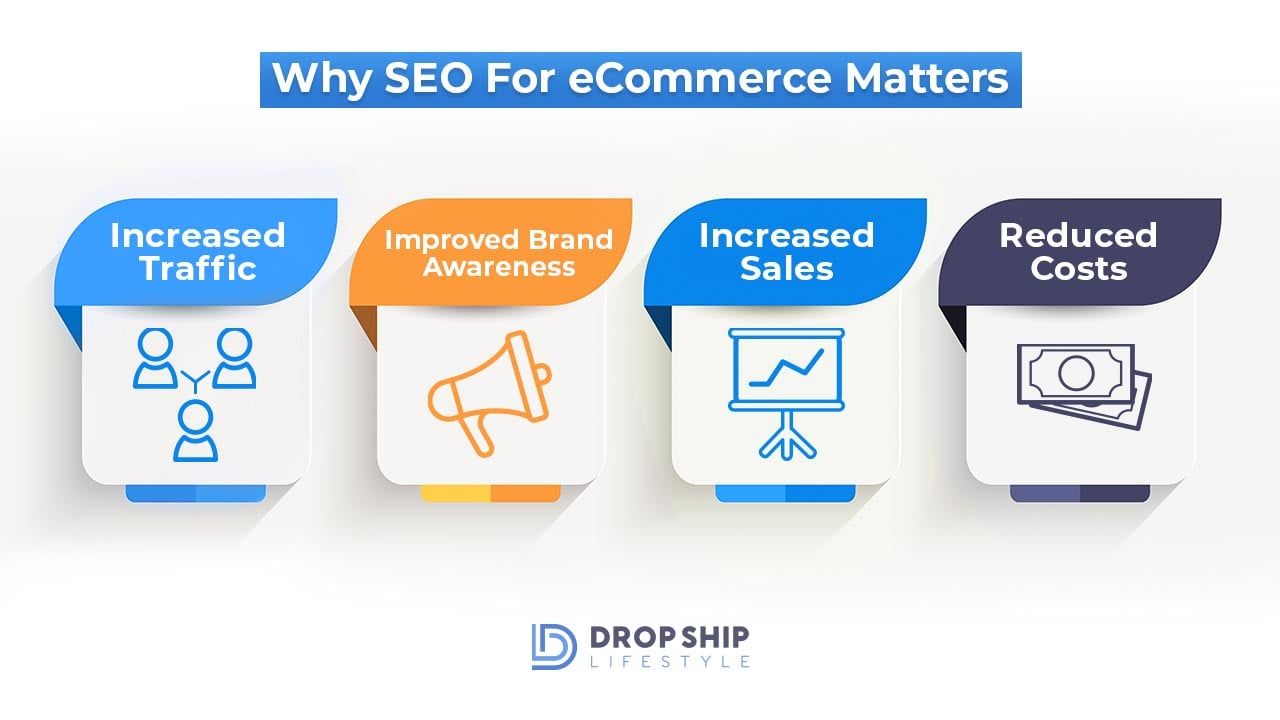
There is no question that SEO for eCommerce websites is a critical element of business success. Without SEO, your eCommerce business will be invisible to potential customers using search engines to find products and services.
SEO is the process of optimizing your website so that it appears as high as possible in SERPs. Optimizing your website for SEO makes your site more visible to potential customers, which can lead to more traffic and sales.
There are many benefits of SEO for eCommerce businesses. Here are some of the top benefits:
1. Increased Traffic
One of the main benefits of SEO for eCommerce websites is that it can help them attract more qualified traffic. By optimizing their websites for search engines, eCommerce businesses can ensure that their sites appear near the top of the SERPs, where most people look when searching. As a result, they are more likely to attract visitors looking for specific products or services they offer.
2. Improved Brand Awareness
SEO can also help improve brand awareness for your eCommerce business. When you rank higher in SERPs, you will be seen by more potential customers, and this can lead to increased brand awareness and recognition. And when your brand is better known and recognized, this can lead to increased sales and revenue for your business.
3. Increased Sales
SEO can also help eCommerce businesses improve their conversion rates. By ranking higher in the search engine results pages, businesses can ensure that their website visitors are more likely to click on their links and eventually convert into paying customers. In fact, studies have shown that organic search traffic can convert at a rate 3x higher than paid search traffic.
4. Reduced Costs
SEO for eCommerce is also a cost-effective marketing strategy. Unlike paid advertising, which can be expensive, SEO is a long-term process that can be implemented gradually over time. This means businesses don’t have to break the bank to benefit from its many advantages.
When you rank higher in SERPs, you will be seen by more potential customers, and this can lead to reduced advertising costs. And when advertising costs are reduced, this can lead to increased profits for your business.
How to Create An SEO Strategy for eCommerce
When it comes to eCommerce, one of the most important aspects of a successful website is its visibility in SERPs. Well-executed SEO strategies for eCommerce can help ensure that your business’ site appears as close to the top of the search engine results as possible for relevant keywords and phrases.
There are a variety of factors that go into an effective SEO strategy for eCommerce, but here are some key considerations to keep in mind:
1. Keyword Research
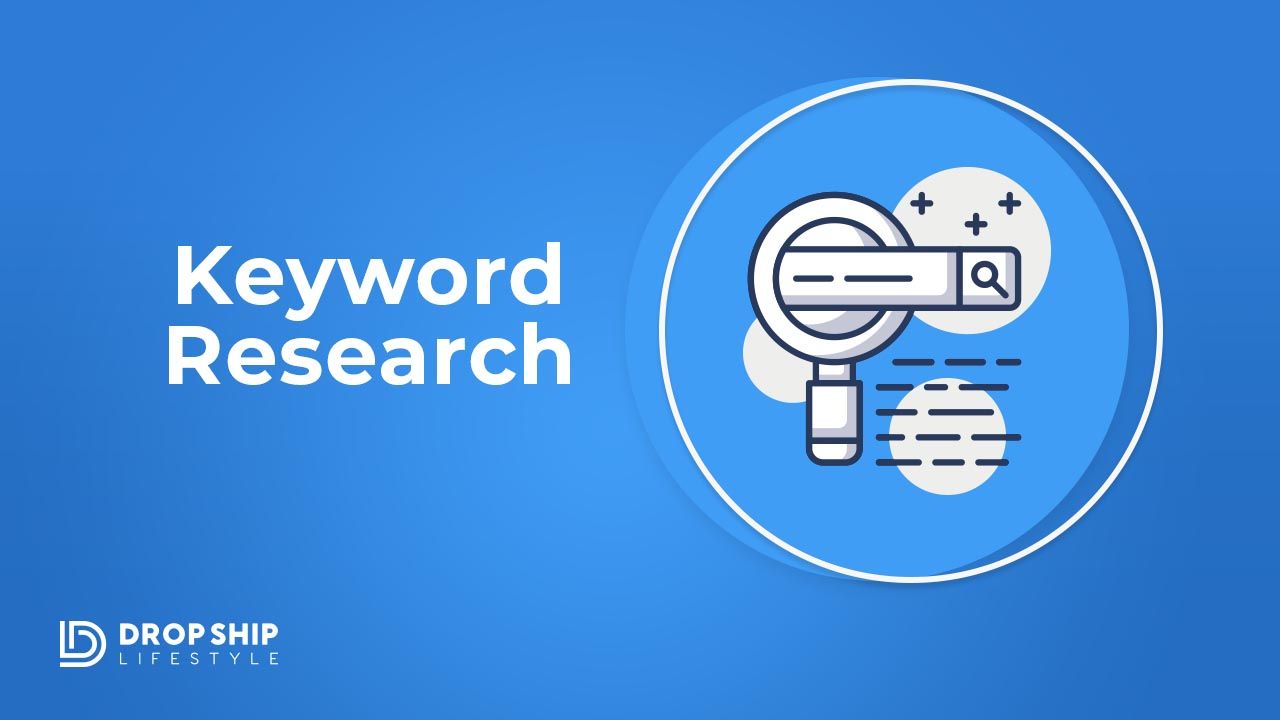
The first step in any SEO strategy is conducting keyword research. You’ll want to identify which keywords and phrases you want your site to rank for, and then focus on including those keywords throughout your site.
There are several ways to find keywords relevant to your business. One tool you can use is the Google AdWords Keyword Planner. This tool lets you enter a keyword or phrase and then provides a list of related keywords and information on how often each keyword is searched for.
Another great resource for finding keywords is Google Trends. You can use Google Trends to see how often particular keywords are being searched for, as well as how competitive they are. This can help you identify which keywords are worth targeting.
2. Site Architecture
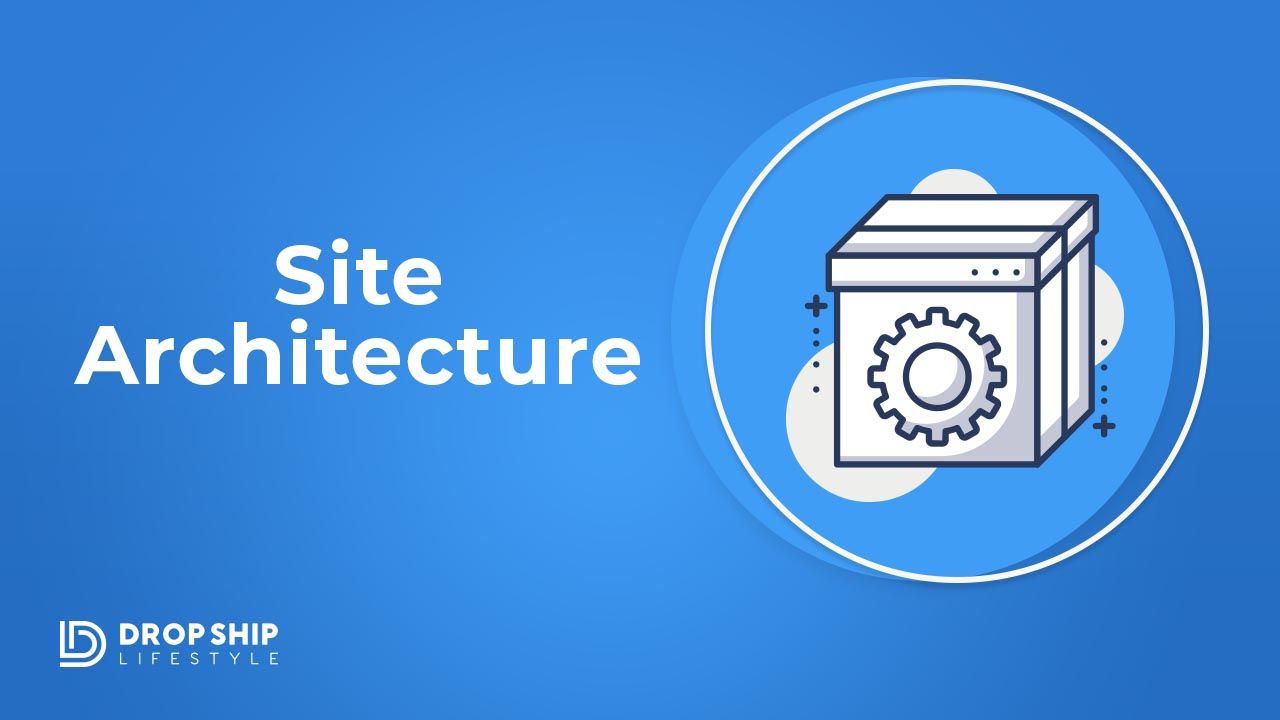
Once you’ve identified the target keywords for your site, you’ll need to ensure that your site architecture is optimized for those keywords. This means ensuring that your pages are properly linked together and that the most important pages on your site are easily accessible from the main menu or the home page.
It’s also important to ensure that your content is formatted in a way that makes it easy for search engines to understand. This includes correctly using correct HTML tags, formatting titles and headings, and using meta descriptions and metadata.
3. Technical SEO
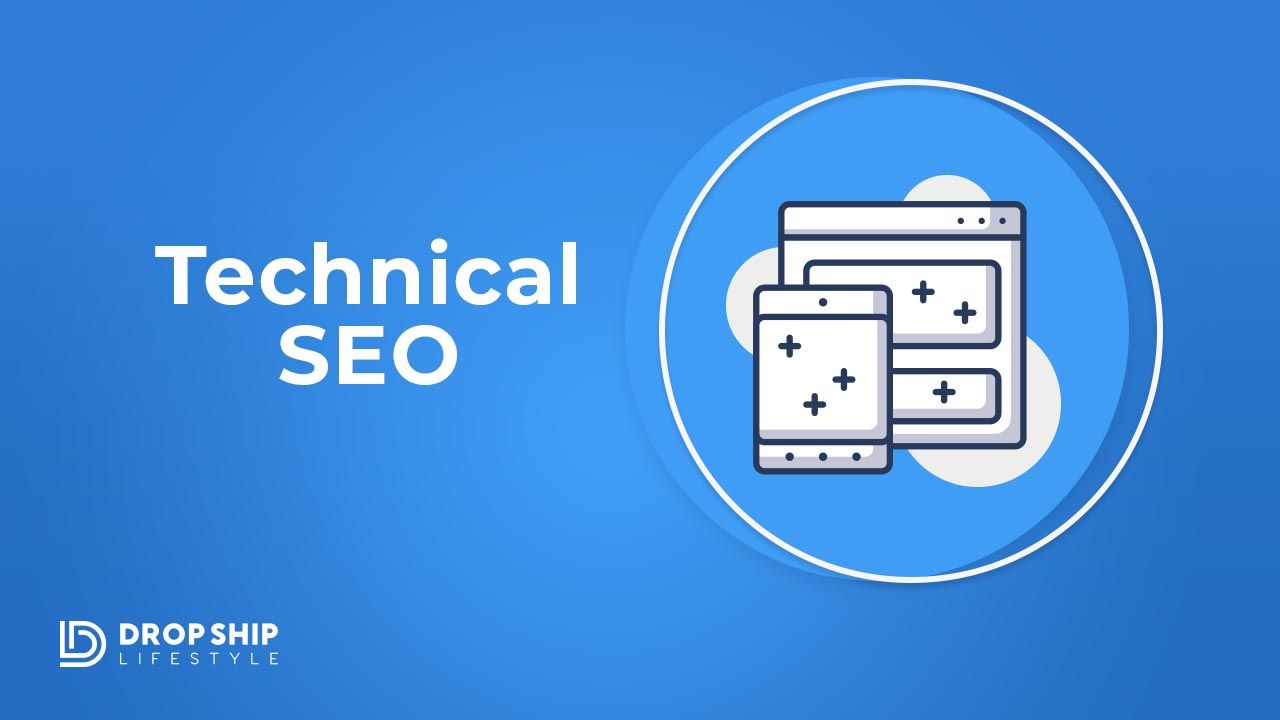
For your site to rank well in SERPs, it’s important to ensure that all your web pages are technically optimized. This includes optimizing page titles, meta descriptions, header tags, images, and other elements contributing to your page’s ranking potential. You can use various tools and resources to help you with this process, such as the Yoast SEO plugin for WordPress sites or the W3C Markup Validation Service.
4. Onpage Optimization
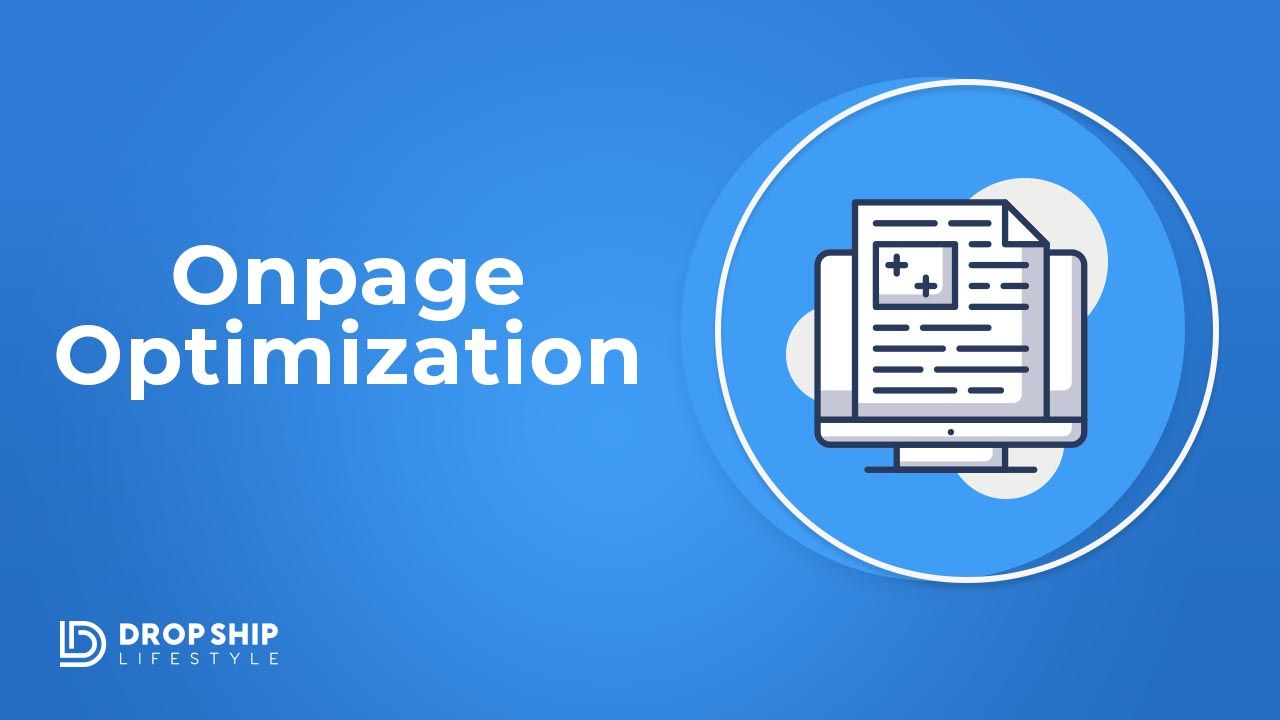
In addition to optimizing your web pages technically, you’ll also want to focus on optimizing them for humans. This includes writing quality content relevant to your target audience and using catchy headlines and engaging images.
5. Content Strategy
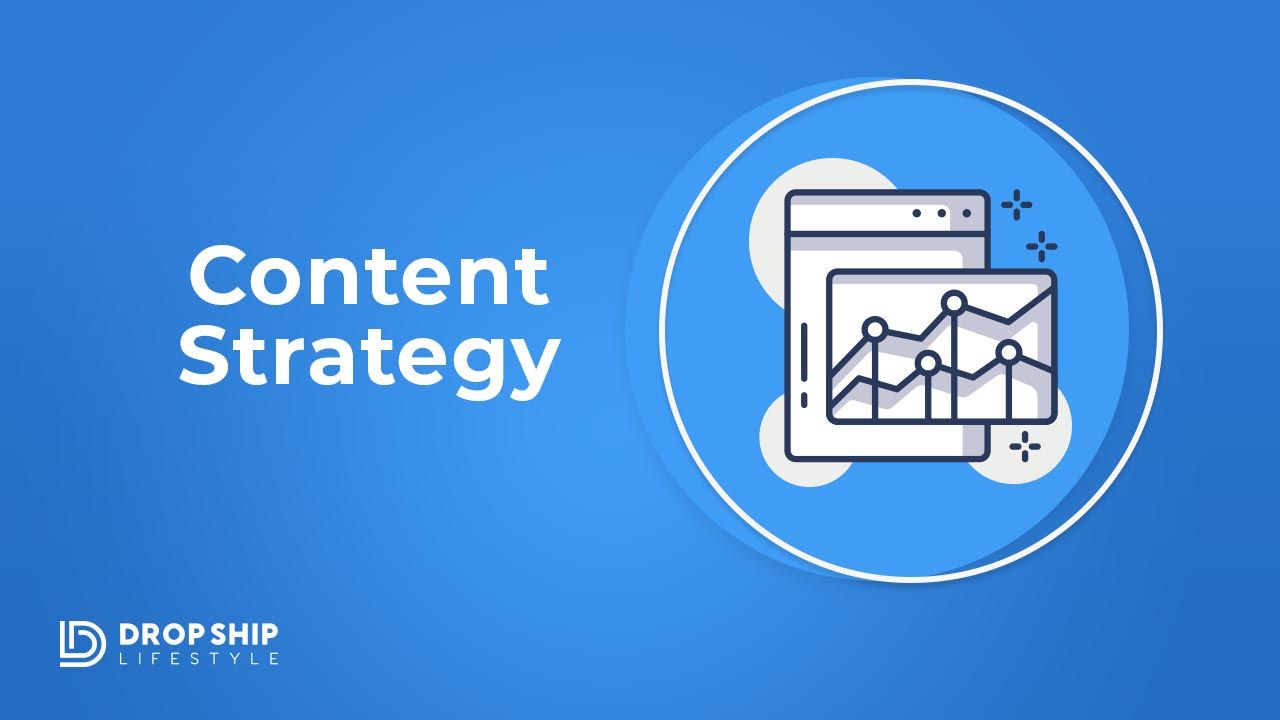
One of the most important aspects of any SEO strategy is creating quality content that will engage readers and encourage them to visit your site frequently. This content should be relevant to your target audience and provide valuable information or insights about your products or services.
You can use various tools and techniques to create this content, such as blogging, video marketing, infographics, and social media marketing.
6. Increase Site Speed
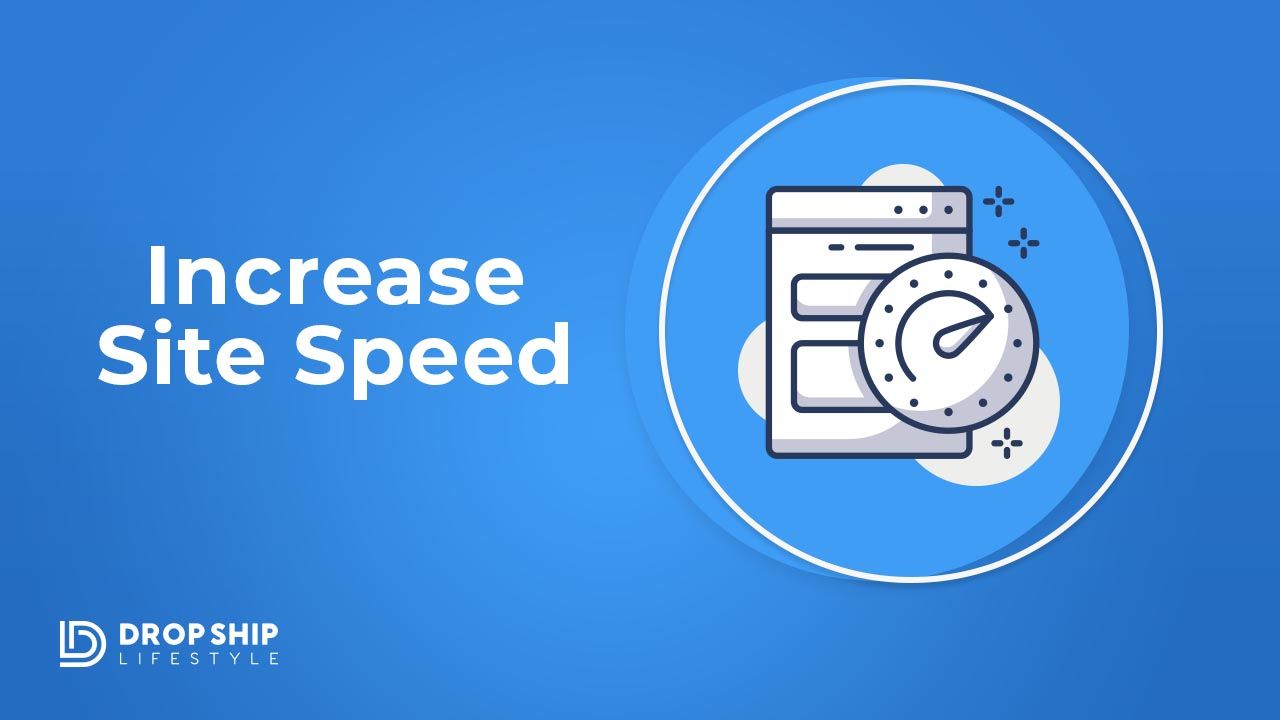
Site speed is another important factor that affects SEO ranking. To ensure your site loads quickly for visitors, you need to optimize your images and code, use a caching plugin, and install a quality hosting provider. You can use tools like GTmetrix or Pingdom to test the speed of your site and find ways to improve it.
My Advice for New eCommerce Websites
1. Take your suppliers’ products and upload them to your store using what they provide you
When it comes to online stores, it's important to ensure that you're doing everything you can to set yourself up for success. This includes using high-quality images, well-written product descriptions, and catchy titles. But what happens when you don't have the time or resources to create all this content yourself? This is where your suppliers can come in handy.
Many suppliers are happy to provide their customers with high-quality images, well-written product descriptions, and catchy titles. Many will even allow you to use their default images, default product descriptions, and default titles. This can be a huge time saver and help you avoid any potential legal issues.
So if you're struggling to create quality content for your store, don't hesitate to reach out to your suppliers. They may not be able to do everything for you, but they can certainly help you get started.
2. Identify the top 20% of your product catalog
When it comes to eCommerce, any retailer will tell you that your product catalog is key to your success. After all, customers use it to browse and make their purchase decisions.
But not all product catalogs are created equal. Some are far more successful than others. To be a successful eCommerce retailer, you need to identify the top 20% of your product catalog in SEO and focus your efforts there.
You can track this information using tools like Google Analytics or Shopify's built-in analytics tools. By looking at which products are getting the most traffic, you can develop a picture of which are most important to your business.
3. Focus on optimizing those product pages
Once you've identified your most popular products, it's time to optimize them for eCommerce SEO. This includes optimizing product titles and descriptions, using the right keywords, and adding images and videos.
You can do a few key things to optimize your product pages for better search engine visibility and conversion rates.
1. Start by creating a detailed, keyword-rich title for your page.
Consider what potential customers might be searching for to find your product, and include those keywords in your title. This will help your page rank higher in SERPs and make it more likely that people will click through to your page from those results.
2. Make sure your page is well-written and informative.
Your product page should provide potential customers with all the information they need to purchase. Be sure to include clear and concise descriptions of your products, images, and videos, if possible. And don't forget to highlight any special features or benefits that set your product apart from the competition.
3. Use effective calls-to-action (CTAs).
Your product page should prominently feature clear and compelling CTAs that encourage visitors to buy your product. You may want to consider using different CTAs for different stages of the buying process, such as "Learn More" or "Add to Cart" buttons for people who are just starting to explore your product and "Buy Now" buttons for people who are ready to make a purchase.
4. Take advantage of SEO best practices.
Ensure you're taking advantage of the latest SEO best practices to boost your page's visibility in SERPs. This includes using relevant keywords throughout your page, optimizing your images and videos for search engines, and establishing rich snippets for your product pages.
By taking these steps, you can help ensure that the most popular products in your catalog rank higher in search results, resulting in more traffic and sales.
SEO for eCommerce: Conclusion
Hopefully, you've learned the basic eCommerce SEO concepts, so you can begin implementing the tips and tricks you've learned here to help bolster your online store. If you take the time to implement these strategies and continue to test, modify, and optimize your efforts, search engine optimization should become a cornerstone of your overall web strategy.
SEO is essential for any eCommerce business looking to improve its online visibility and boost its bottom line. The right approach and a little bit of hard work can help businesses achieve their desired results quickly and efficiently.

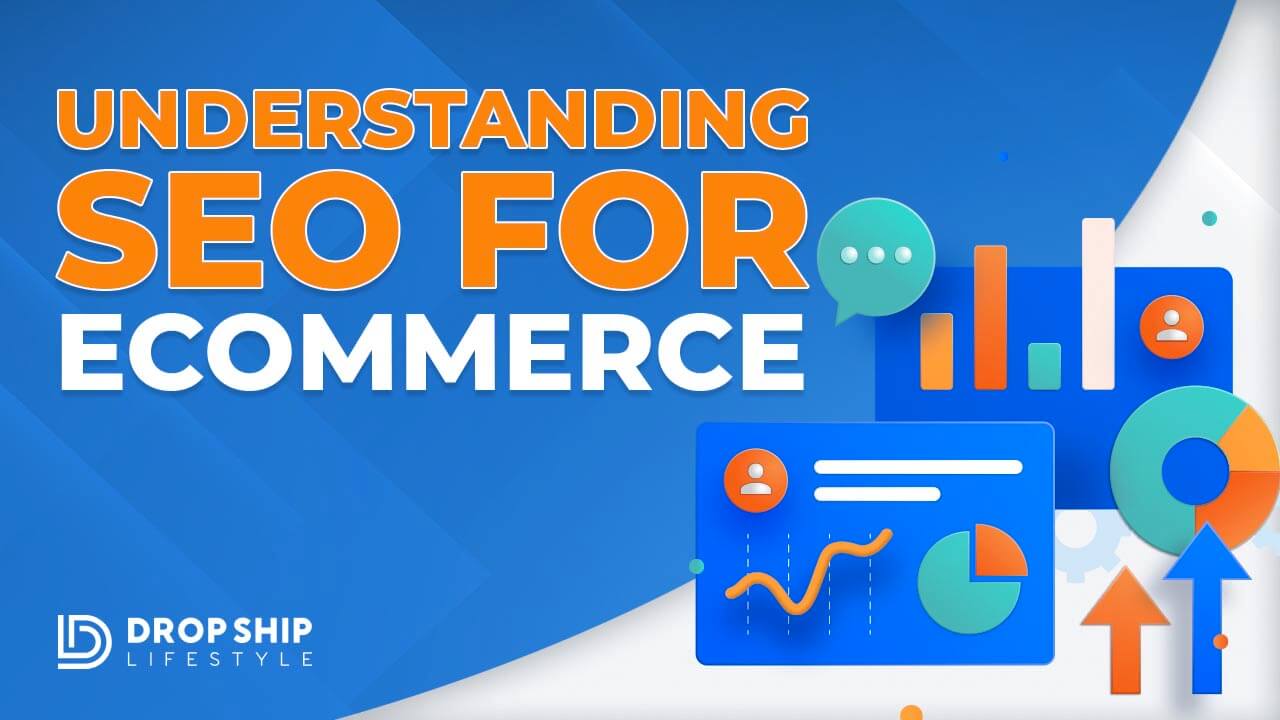

Hey Everyone,
As many of you already know I created Drop Ship Lifestyle after selling a network of eCommerce stores and then trying to find a community of other store owners to network with… What I found was a bunch of scammers who promised newbies they would get rich quick by following their push-button systems!
This led me to create a new community along with an online training program that shares how to build a REAL online business.
I’d love to hear what you think… it’s a 2.5-hour training designed to help you drop ship profitably… all for free.
Be sure to click here to check it out and send me your feedback!
If you go through the “How To Start & Grow A Hyper-Profitable Online Store” webinar and still have questions just contact me and I will help you out